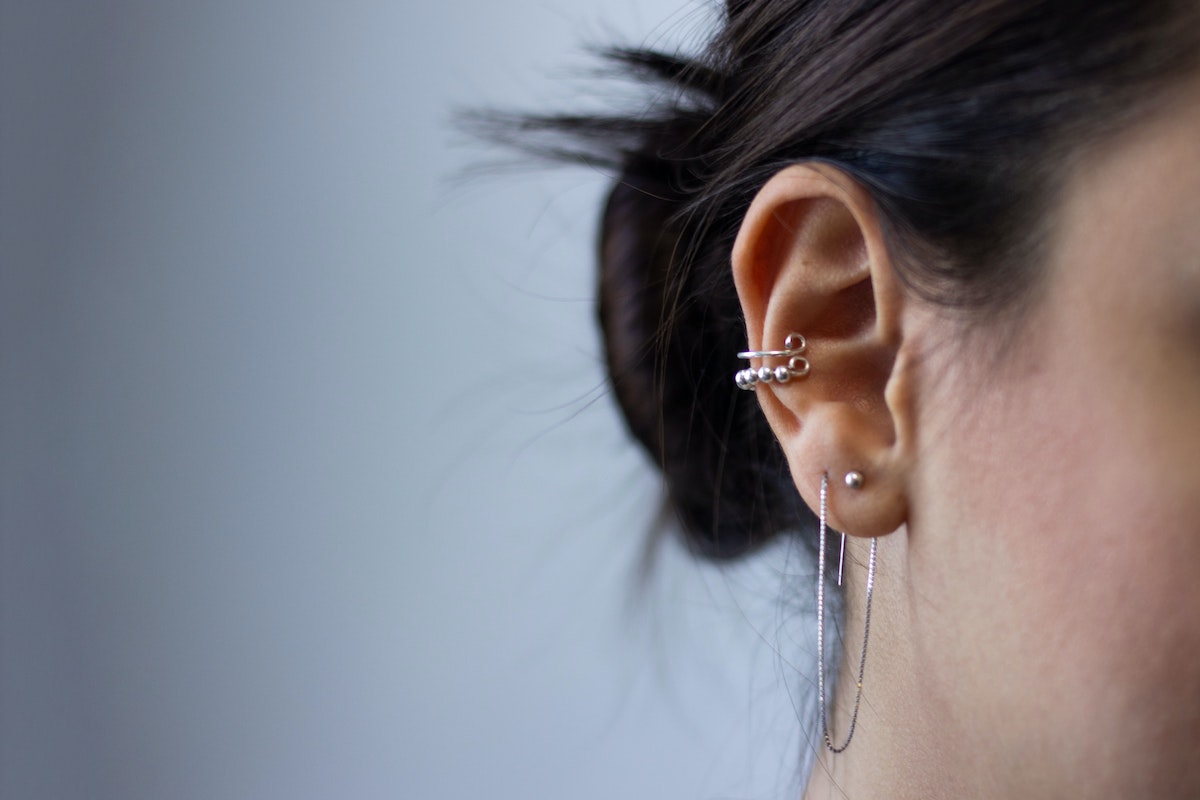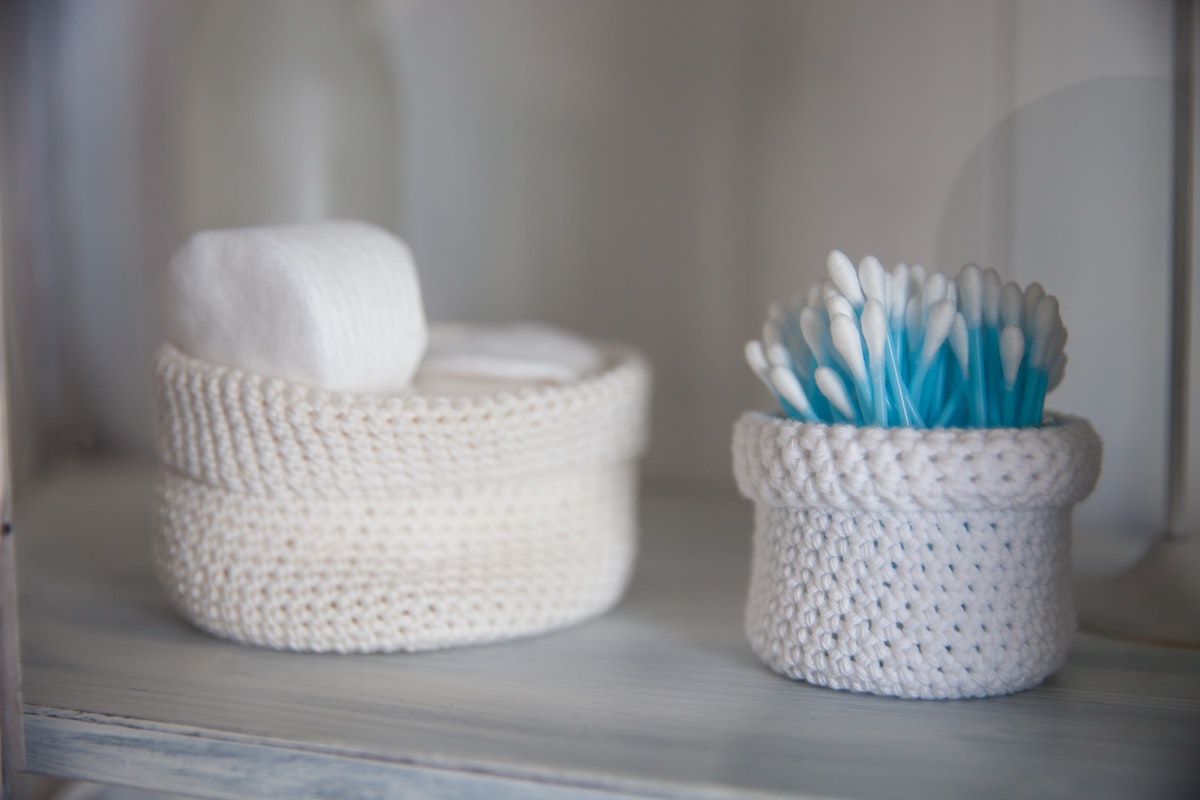Your ears can clean themselves, but not in the way you think.
Cerumen, commonly known as earwax, is the waxy secretion produced by your ear, which helps your ear clean itself. In most cases, earwax is harmless; there’s no immediate need to remove it. However, some people are prone to impacted earwax or earwax buildup, which can compromise hearing.
When it comes to cleaning earwax-clogged ears, people have divided opinions. For some, using an earwax tool is the best solution. Others swear by their cotton swabs and ear candles, whereas some people say you should never clean your ears.
If there are anything doctors agree on, it’s not putting anything inside your ear. As mentioned above, your ears can already clean themselves. But does this mean using an earwax removal tool is a big no-no? Are you even allowed to clean your ears yourself? Isn’t this a form of good hygiene?
Here’s everything you need to know about earwax, cleaning your ears and the best tools to use in case you really need to clean your ears thoroughly.
How the Ears Make Wax
One of the reasons you experience a nagging feeling to clean your ears is the wax it produces. Despite being a bother, earwax is good for you since it lubricates and protects your ears. Without earwax, your ears would probably be dry and itchy.
Earwax also has antibacterial properties, which help your ears clean themselves. It functions as a filter for your ears; it keeps out harmful things like dust and dirt, trapping them so they don’t go deeper inside of your ear.
When you move your jaw or chew, you’re moving old earwax out of the ear canal to the opening of your ear. This is where the wax dries up and eventually falls out. Contrary to popular belief, earwax isn’t formed in the deeper part of your ears. It’s formed in the outer section.
If the earwax is often made outside of your ear canal, why do you still have earwax up against your eardrum?
This is why doctors aren’t big fans of you sticking or swabbing pointy objects inside your ear. An earwax removal tool (like Q-tips) actually pushes the wax deeper inside of your ear. If you keep using Q-tips, you might experience one of the following (if not all):
- Rupture of the eardrum
- Infection
- Significant hearing loss
Can I Remove Earwax Myself?

Ideally, no. Your ears are self-cleaning, which means they don’t need your help.
However, if excessive earwax causes a buildup, compromises your hearing or keeps the doctor from performing a proper exam, you might have cerumen impaction. If your ears are impacted, this means the earwax filled your ear canal.
Cerumen impaction systems include the following:
- Feeling like your ears is plugged
- A feeling of fullness or pain in the affected ear (or both ears)
- Ringing in your ears
- Partial loss of hearing
- Coughing
- Itching
- A smell or discharge coming from your ear
This type of earwax buildup doesn’t happen often, but it can still happen to you. However, if you’re experiencing any of the symptoms above, earwax isn’t always the primary culprit. Just to be sure, get in touch with your doctor and have them examine your ears.
Can I Use an Earwax Removal Tool?
TikTok and other social media platforms are full of videos of people using earwax removal tools or earwax removal kits to deal with their stubborn wax. In TikTok alone, the hashtag #earwax has thousands of videos and 5.1 billion views. The videos are so satisfying that people find themselves searching “earwax removal tool with a camera” on Amazon to do the cleaning themselves.
However, doctors aren’t for buying all the earwax removal kits you see. According to Oliver Adunka, MD, a head and neck surgeon that works at Ohio State University’s Wexner Medical Center, none of these devices work — not even that ear cleaner with the camera.
Like all doctors, he insists that earwax removal should be done by professionals. It’s better to schedule for a professional ear cleaning than invest in a pricey earwax removal tool like the ear cleaner with a camera.
Not all earwax removal tools are good for you. For example, the Axel Glade Spade is a popular earwax removal tool with a camera. Although it’s fun to use, the tiny spade of this tool may scratch the ear canal’s skin, which can cause bleeding or an infection. Similar to cotton swabs, toothpicks and other pointy objects, the Axel Glade Spade may poke a hole in your eardrum or injure your hearing bones, which could lead to ringing, dizziness and hearing loss.
Another popular TikTok earwax removal tool is the Tvidler Earwax Remover, which is a tiny drill that looks promising. However, not all ear canals are straight and cylindrical. You may end up poking your ear canal.
These TikTok earwax removal kits aren’t always the best for your self-cleaning ears. However, there are some self-cleaning methods you can do, as long as your practice caution and ask guidance from your doctor.
What is the Best Tool to Remove Earwax?

The best earwax remover tools are usually a combination of three things: earwax oils that soften dry earwax (which make them easier to remove); irrigators that flush out the wax with water; and drops that loosen the earwax.
Each method has its set of pros and cons; you can also use a combination of these tools to determine which method is the best for you.
A reminder: avoid commonly advertised earwax removal tools. Doctors discourage using cotton swabs to remove earwax since they push the wax farther into the ear canal instead of removing it. Also, when using different earwax removal tools, avoid applying too much pressure to your ear, so you won’t puncture your eardrum.
Take care of your ears and hearing by using the right tools. For the best earwax tools, consider the following:
Debrox Earwax Removal Aid
This earwax removal drop is a non-irritating formula that can loosen the most stubborn earwax. This popular product is an affordable alternative to expensive doctor’s visits. Dobrox Earwax Removal Aid’s active ingredient is carbamide peroxide, which is a doctor-recommended ingredient that can cause a fizzing sound, foaming and cracking once used.
If you experience all three, don’t panic. It means that the product is working well. The formula is safe, and it’s one of the easiest ways to remove earwax.
Elephant Ear Washer Bottle System
This ear irrigation kit comes with a simple mechanism that involves three disposable tips and a spray bottle. It doesn’t have a ball syringe or other whistles, bells and complex parts that make earwax removal complicated. Since this earwax irrigation kit doesn’t have a ball syringe, it’s safer than other products that are inserted into the ear.
Another good thing about this product is that it comes at an affordable price. Plus, you can purchase replacement tips if you want to use them more than thrice. However, this product doesn’t come with instructions, so you’ll have to search for instructional videos on YouTube.
Earwax MD for Kids
If your kids are having earwax problems and you need a DIY fix, use a gentle irrigation system like the Earwax MD for Kids. This earwax irrigation kit includes a small tip and bottle to make it easier to use for kids, as opposed to adult-sized irrigators.
If you’re going to use this product on your child, lay them down and slowly fill their ear canal with a drop of the product. Wait for 15 minutes before rinsing their ears or let them drain naturally.
Should You Remove Earwax?
Earwax is a natural secretion of the body. It moisturizes your ear while protecting your ear canal and eardrum from bacteria. So there’s no real need to remove the wax unless your hearing is impaired or you are experiencing discomfort.
If you need suggestions on the best earwax removal tools or have problems with your ears, get in touch with your primary care physician today.

